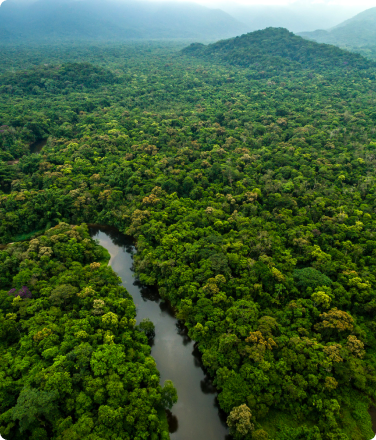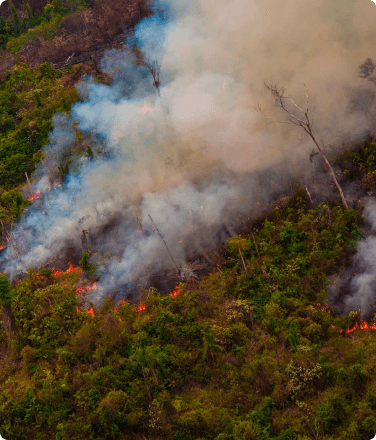10 Things You Can Do To Protect The Rainforest
What can you do to protect the rainforest?
Lorem ipsum dolor sit amet, consectetur adipiscing elit. Ut elit tellus, luctus nec ullamcorper mattis, pulvinar dapibus leo.

What can you do to protect the rainforest?
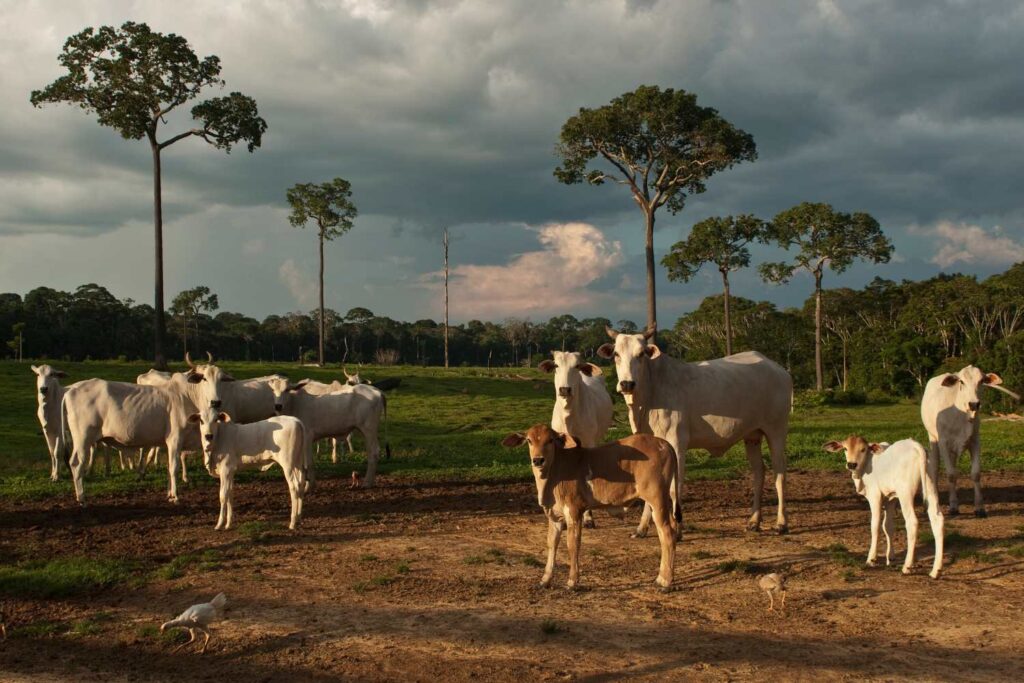
1
Choose a Forest Friendly Diet
It may not be well known, but agriculture is the main driver of deforestation and biodiversity loss.
Large forested and wildland areas are often set on fire to turn them into farmland. In fact, half of the world’s habitable land is used for agriculture, and three-quarters of that land is used for raising livestock. But not all products have the same impact—beef, palm oil, and soybean alone are responsible for 60% of tropical deforestation, with over 90% of farmed soybeans used for livestock feed and biofuels.
Fortunately, we can limit our consumption of these products by reducing meat consumption, opting for a plant-based diet, and exploring alternatives like plant-based milk. Check food product labels for soy or palm oil ingredients, and choose alternatives when possible. Additionally, you can choose local and seasonal produce to support sustainable farming practices in your community.
Opt for plant- based meals
Support your local farmers
Choose seasonal produce
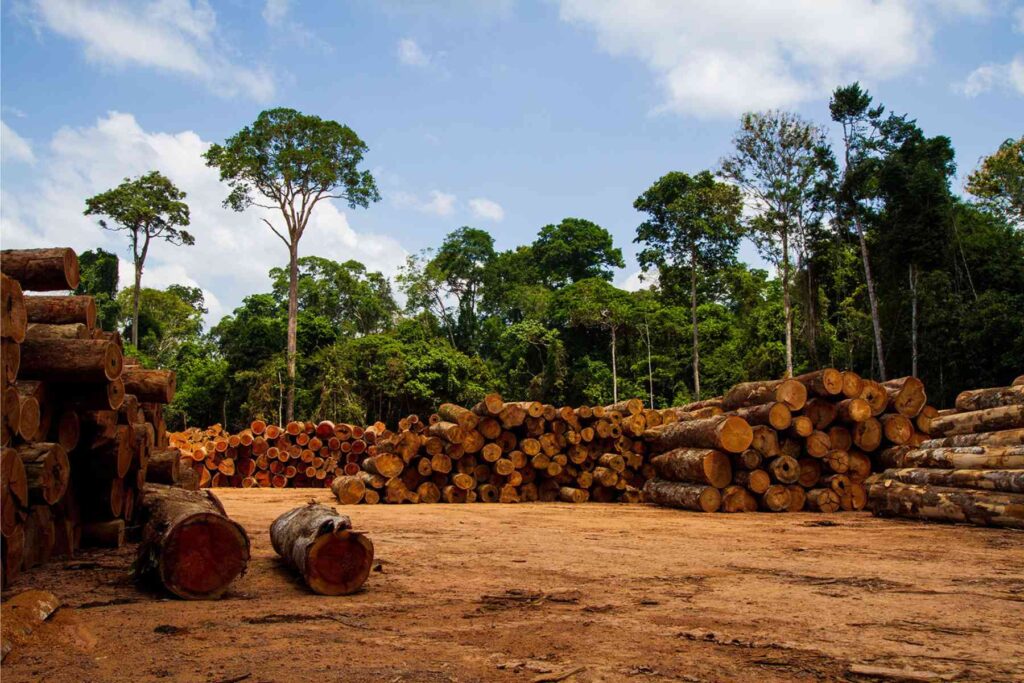
2
Choose Responsibly Sourced Products
Choosing responsibly sourced or recycled products can go a long way in keeping tropical forests standing and healthy.
Besides agriculture, logging and mining are leading causes of deforestation and river pollution in the tropics. Artisanal and small-scale gold mining is the largest source of global mercury contamination, disproportionately affecting Indigenous peoples and local communities. Whenever possible, check if your jewelry is recycled or comes from responsible sources. Logging for threatened woods—like mahogany, rosewood, and ebony, commonly used to make furniture and musical instruments—also drives rainforest destruction.
Choosing products certified by organizations like the Forest Stewardship Council (FSC) and avoiding purchasing from companies with poor records on eliminating deforestation can also go a long way!.
Opt for recycled products
Choose ethical jewelry
Choose certified products
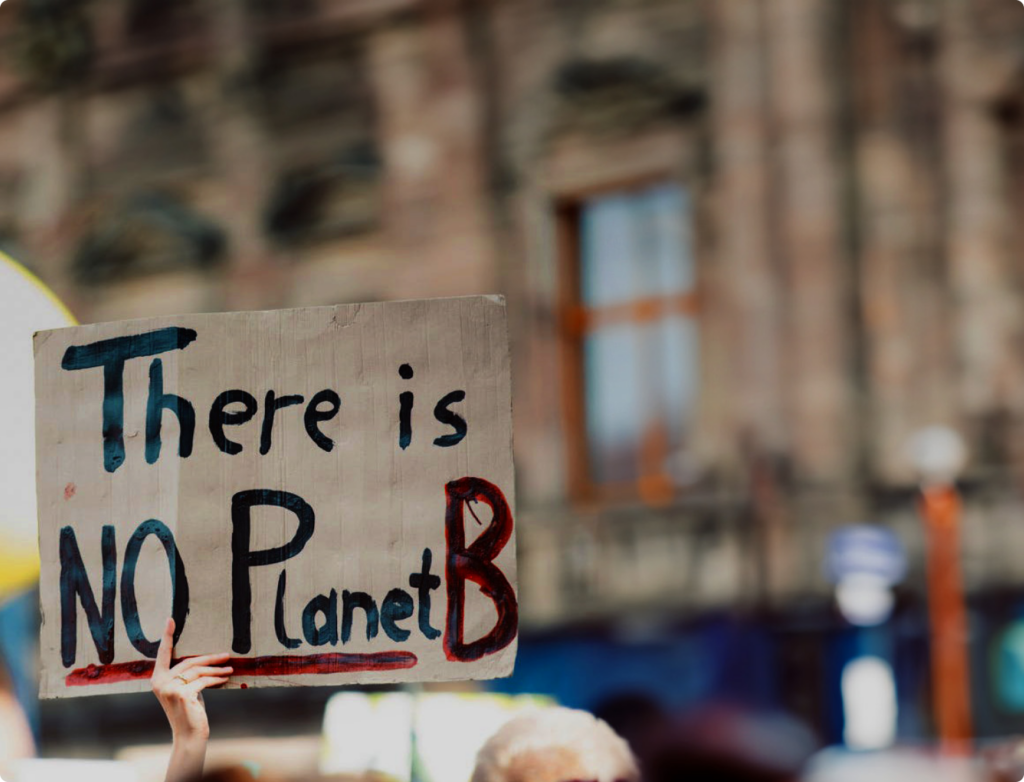
3
Get Political
Democracy helps ensure our voices can be heard on topics that matter most. Use your right and power to vote for candidates who prioritize environmental and social issues.
Elected officials directly influence government priorities and allocation of funds, and they have a duty to represent the interests of their electorate.
Your vote can help elect leaders committed to taking action on climate change. Stay involved by sending a quick email or making a phone call to your representatives. Express your concerns about deforestation and remind them that, according to the Intergovernmental Panel on Climate Change, protecting rainforests and supporting Indigenous peoples are critical solutions to climate change.
This tool makes it easy to find and contact your U.S. federal representatives.
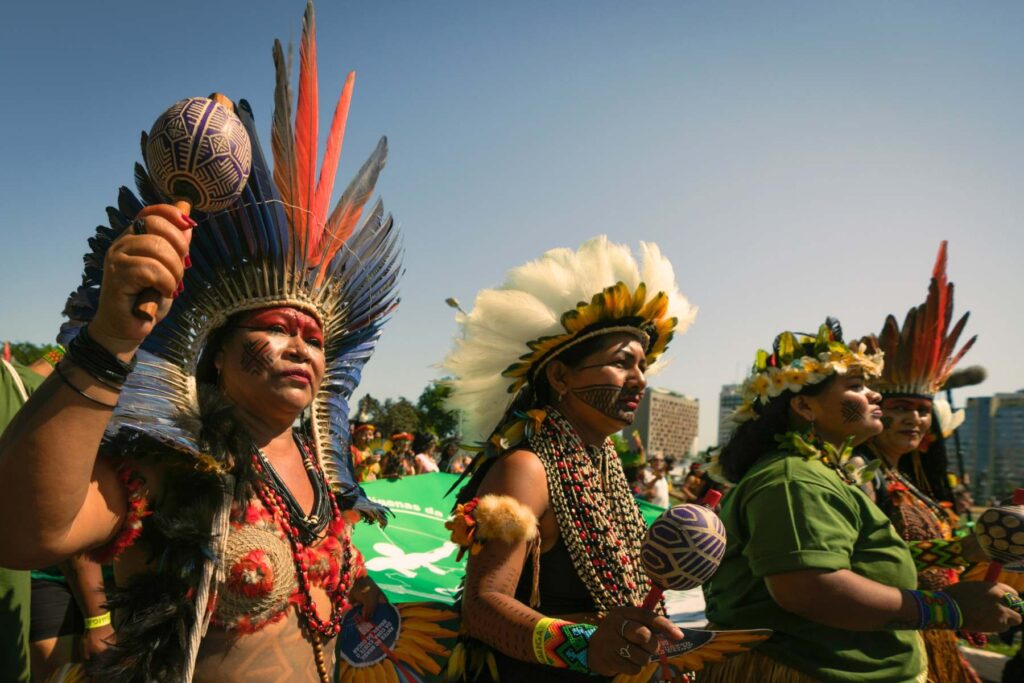
4
Support Indigenous Peoples
Indigenous peoples are the best rainforest protectors. Though they make up just over 6% of the global population, their ancestral lands hold a majority of Earth’s remaining biodiversity.
They’re on the frontlines of environmental protection, and face numerous threats. Standing in solidarity with them is not only ethical, but crucial for protecting the planet because rainforests are our best defense against climate change.
You can support Indigenous peoples and their forests in a number of ways, including educating yourself about which Indigenous communities are—or were—in your area using this tool. Learn about the colonial violence they’ve faced and still do, and ways you can support their causes. You can buy Indigenous artisanal and fair trade products. You can also amplify Indigenous peoples’ voices by sharing their stories and messages through social media.
Learn about local Indigenous communities
Amplify their voices
Buy Fair Trade

5
Inform Yourself and Others
News outlets help determine what issues are top-of-mind for their readers, and the topics they focus on drive public discourse and inspire action.
You can subscribe to different environmental or rights-based news outlets to keep up to date on current events. You can even encourage your preferred media outlet to cover rainforest news by emailing the editor.
Encourage loved ones to join you in advocating for the protection of rainforests, Indigenous peoples’ rights, and addressing the climate crisis.
When editors know that these issues matter to their readers, they are more likely to cover them in their articles and reach a broader audience.

6
Use Your Social Networks For Good
The more people know what is happening to rainforests and the Indigenous communities fighting to protect them, the more likely they are to join and support the cause.
To help you boost your social influence, we have prepared a social media kit with content about rainforests and Indigenous peoples. Please spread it and tag us whenever possible. You can also share one of our stories or other rainforest news on social media.
And don’t forget to like us on Facebook, follow us on X (Twitter), Instagram, and Linkedin. By sharing on social media, you add pressure to hold governments and corporations accountable for deforestation. Nations around the world are making commitments to protect forests and address the climate crisis – let’s hold them to their promises!

7
Choose Products That Give Back
Choose companies that support environmental causes.
There are tons of companies that give back to the environment. Certified B Corporations has narrowed down some great ones, ranging from food and beverages to paper products to cleaning products.
Look for the 1% For the Planet logo, too—buying from certified members means a portion of profits supports organizations like Rainforest Foundation US. Other companies, like Scent Bird—a non-toxic perfume brand—pledge a percentage of their profits to us, helping to protect the Amazon Rainforest. If you’re a business owner interested in partnering, reach out to us!
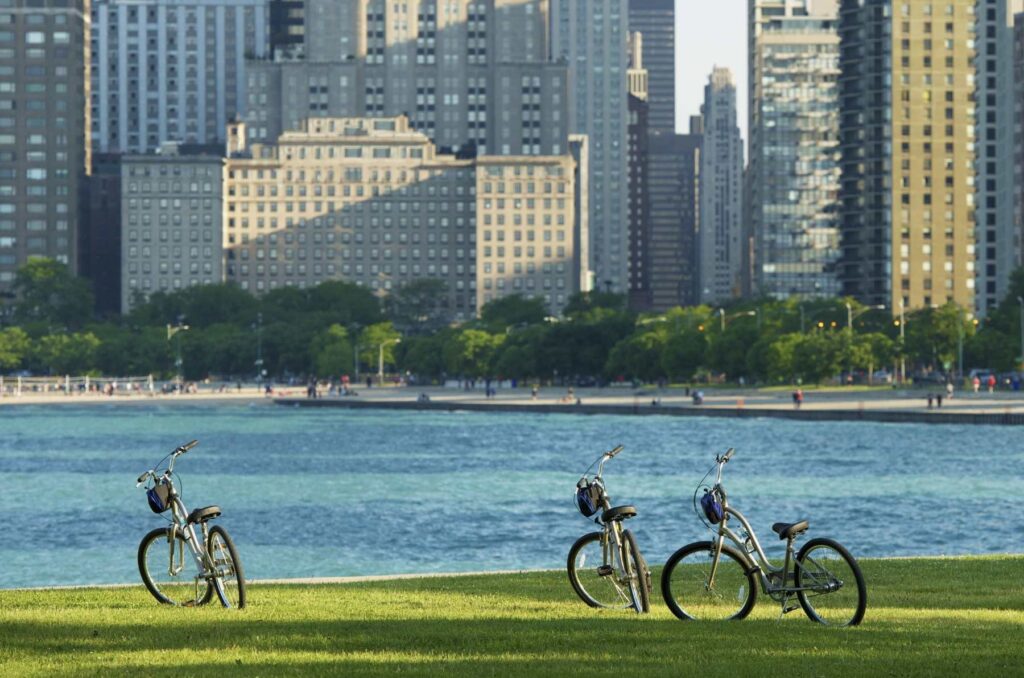
8
Reduce Your Carbon Footprint
Reducing your carbon footprint doesn’t mean letting big corporations off the hook for their poor climate choices, or shifting blame to individuals.
But making seemingly small changes at home can go a long way to helping protect the climate. For example, you can avoid unnecessary air travel, try a plant-based diet (or eat less meat), drive less and use public transportation, and turn off the lights and electronics when you’re not using them.
Buying second hand clothes can also make a significant difference in helping lower carbon emissions. If every consumer bought one second hand garment instead of a new one, CO2 emissions could be lowered by more than 2 billion pounds. That’s the equivalent of taking 76 million cars off the road for a day! It’s about thinking globally and acting locally, starting with small changes in our own lives.
Plant-based diet
Public Transportation
Buy second hand
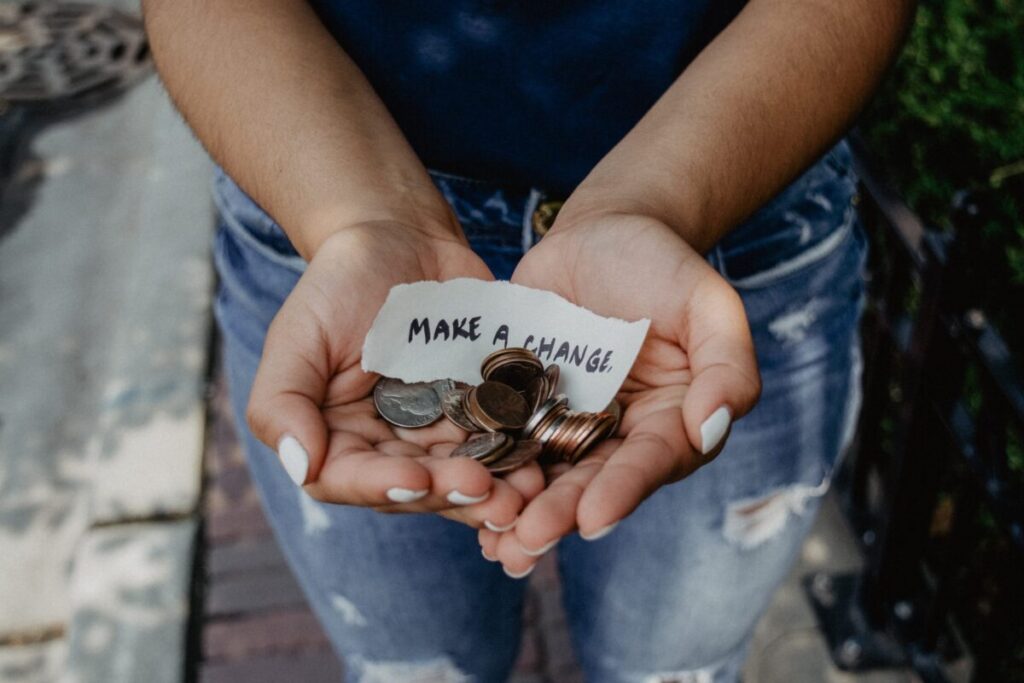
9
Host a Fundraiser
Launching your own campaign can raise awareness on rainforest protection and climate action in your community, while raising essential financial support for the cause.
Interested, but don’t know where to start? Consider doing a fundraiser for the rainforest for your birthday on social media. Here’s a link to show you how (it’s simple!) Organize a benefit concert, an art show or poetry slam, or a fireside talk on rainforests.
Or try your hand at a bake sale or a 5k “run for the rainforest.” You get the idea – there are so many ways to raise money for the rainforests!
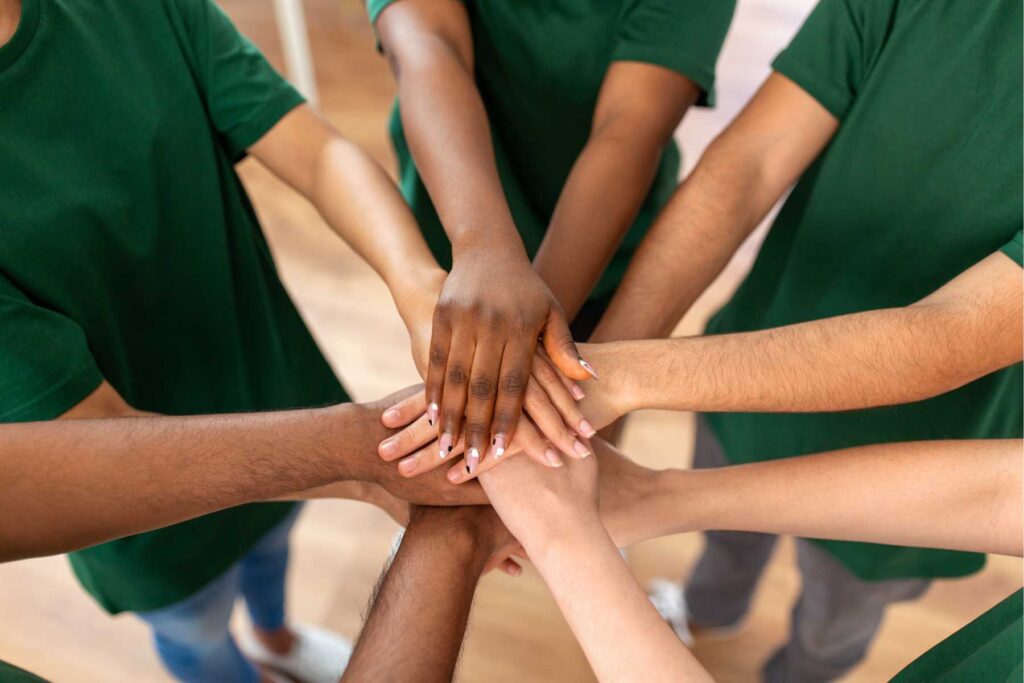
10
Volunteer Your Time
The contribution of your personal time and energy can make a big difference.
Think you can spare one or two hours per week? Or even five to ten? Rainforest Foundation US welcomes volunteers with a range of skills and talents to support our mission.
From translations, to editing, to video production, your commitment and time can help us advance our vision of a world where the rights of Indigenous peoples are respected and rainforests thrive. Find out more about our volunteer opportunities.




